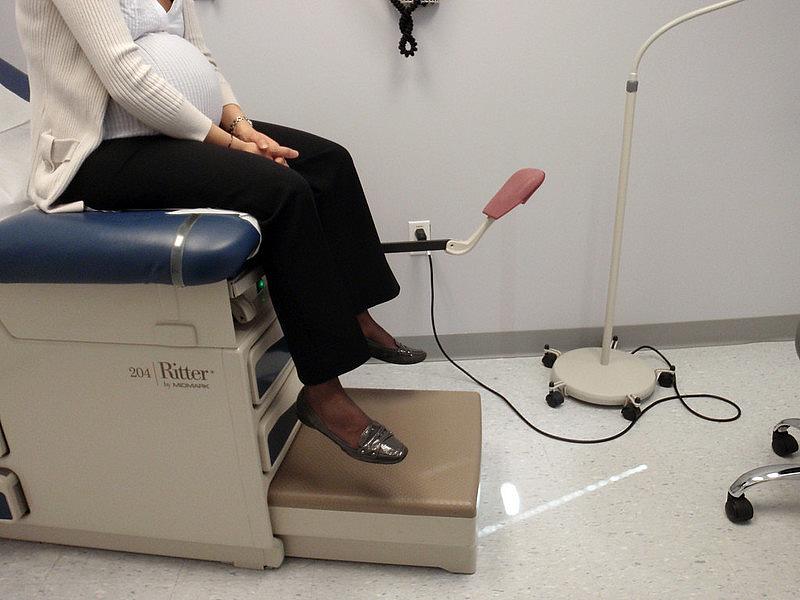For women of color, maternity care deserts threaten reproductive health

(Photo by Daniel Lobo via Flickr/Creative Commons)
Throughout the United States, more than 2 million women live in a county with no obstetric care — no birth center, hospital with obstetric care or private practice provider. Even more live in areas with a limited number of centers and providers in proportion to the population of women there.
In particular, women of color, who already suffer well-documented, disproportionate maternal and reproductive health outcomes, live in many of these underserved areas, within communities of color that are often high-poverty areas. As maternal health complications persist, many of these women continue to suffer inequitable access to maternal health care. In 2017, the American College of Obstetricians and Gynecologists reported half of U.S. counties lack a single OB-GYN provider.
The consequences of this lack of care show in a variety of poor health outcomes — from obstetric complications to advanced gynecological diagnoses. The Health Resources and Services Administration (HRSA) has designated Health Professional Shortage Areas related to primary, dental and mental health care. Although HRSA’s primary care category includes obstetrics and gynecology specialists, only recently did the agency ask for public input as it seeks to develop specific criteria for identifying “maternity care health professional target areas.”
Non-government organizations have conducted their own analyses to identify these deserts, calculating ratios based on hospitals that have obstetric care, independent OB-GYN practices and patient and population figures. These groups range from to state maternal and infant health research groups to nationally recognized organizations such as the March of Dimes, which found 2.2 million reproductive-aged women live in counties that don’t have hospitals with obstetric care, birth centers or obstetric doctors.
The nonprofit’s researchers have found hot spots lacking maternal health care throughout the Great Plains where many Indigenous communities reside, and the South, which has the highest concentration of Black people. More urban places, such as Harris County, Texas and its metropolitan area where many Hispanic women live, were also hot spots.
Additionally, experts know maternal and infant health go hand in hand and that ensuring better maternal health care for Black and Indigenous moms can help infant mortality rates. Data-driven news site Stacker found the top states that had the most births to parents who live in maternal health care deserts were Mississippi and South Dakota.
A shortage in OB-GYNs persists due to, in part, a lack of OB-GYN residencies, according to the Pew Research Center; hence, medical students pursuing the specialty leave. And as rural hospitals shutter across the nation, communities are evermore strapped.
Some rural communities have worked to bridge this gap in care. In Arizona, the Hopi Breast and Cervical Cancer Early Detection Program provides transportation for patients to and from cervical or breast cancer screenings and the reservation’s sprawling communities, where residents have been known to sometimes hitchhike long distances to appointments due to a lack of on-reservation care.
Disparities in treatment span generations and trace back to colonization, slavery, segregation, discrimination and a history of medical and reproductive abuses and traumas, from coerced sterilizations among Hispanic, Black and American Indian women to testing of birth control on women in Puerto Rican housing projects without their full knowledge. These injustices have left scars on the nation’s health care system — leading to today’s systemic failures that have threatened minority women’s health and well-being.
As women of color, particularly Black and Indigenous women, suffer worse maternal health outcomes than white women, I seek to expose the health consequences of a systemic lack of investment in women’s health care in underserved communities of color. With support from the 2022 Impact Fund for Reporting on Health Equity and Health Systems, I will shed light on the lived experiences of women in maternal heath deserts.
My hope is to hold accountable a system with a history of inequities by telling the stories of these women and communities and exposing systemic biases, policy and funding gaps that have put their health further at risk.

